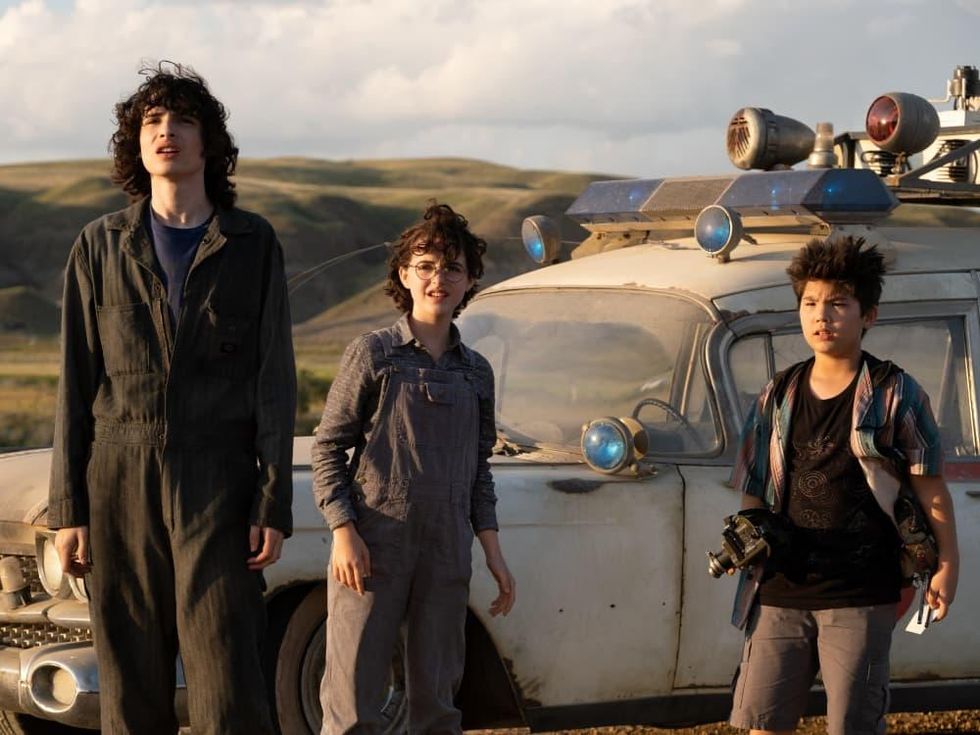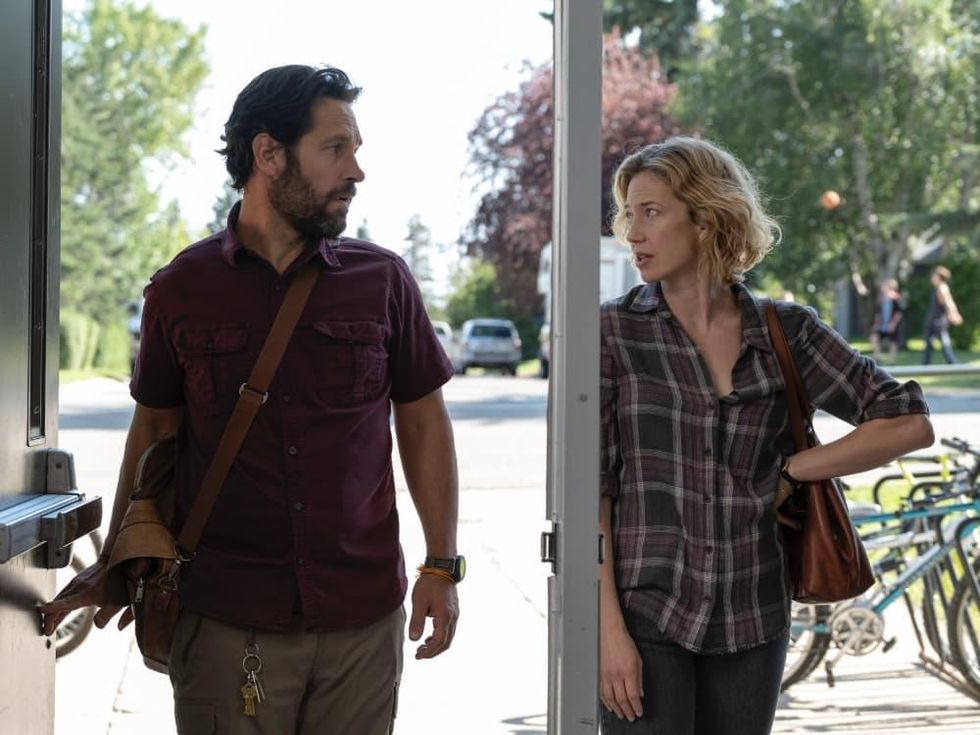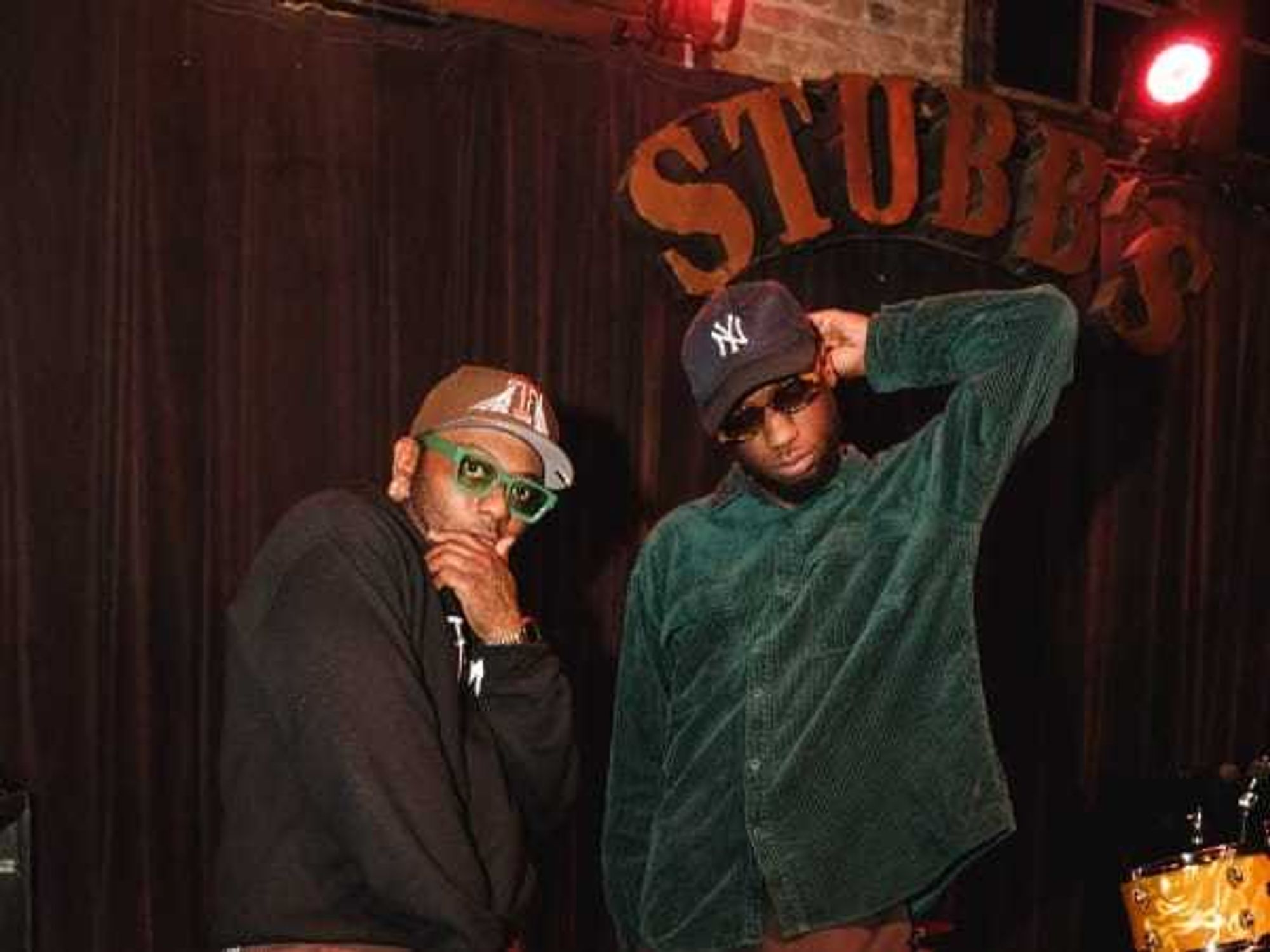Movie Review
Nostalgia for original film runs deep and strong in Ghostbusters: Afterlife
Ghostbusters is one of those properties that has remained relevant for nearly 40 years based mostly on the strength of the first film and its catchy theme song by Ray Parker, Jr. There have been multiple video games made from the property and a so-so 2016 reboot with an all-female cast, but the 1984 film is still the center point of the franchise.
Ghostbusters: Afterlife knows that, which is why it spends the majority of its time focusing on the characters and events of that film. Single mother Callie (Carrie Coon) and her two kids, Trevor (Finn Wolfhard) and Phoebe (McKenna Grace), have moved to the rural town of Centerville after they inherited the dilapidated home of Callie’s estranged late father, Egon Spengler. Upon arrival, they discover that not only did Egon have a poor reputation in town, but that strange earthquakes have been plaguing the area.
Phoebe is a science nerd who finds kindred spirits in her science teacher, Mr. Grooberson (Paul Rudd), and a classmate nicknamed Podcast (Logan Kim). Together, they start investigating the cause of the earthquakes, and I’ll give you one guess what it is. Soon, Phoebe, Podcast, and Trevor, having discovered Egon’s stash of old Ghostbusters gear, are zipping all over town in the Ectomobile and using the proton pack to try to capture ghosts themselves.
Directed by Jason Reitman (son of Ghostbusters director Ivan Reitman) and written by Reitman and Gil Kenan, the film is one big tribute to the original film. In addition to the focus on Egon’s family and the classic Ghostbusters equipment, it contains riffs on Elmer Bernstein’s original music, appearances by (mini) Stay Puft Marshmallow men, and, most significantly, a rehash of the Gozer/Gatekeeper/Keymaster threat.
Reitman and his team are not afraid to play fast and loose with nostalgia-based emotion, most of which can be expected and most of which works. There is one element that involves a tribute to Egon that doesn’t sit well, though. Harold Ramis, who played Egon, died in 2014, and the way Egon’s absence is treated in the film feels like the filmmakers are conflating their feelings about Ramis the person and Egon the character. Unfortunately, the tribute plays a major part in the third act of the film, coloring everything around it.
The film does have a good amount of fun to it, although perhaps not the type of fun that some viewers may want. The kids are the main driver of the plot, and even though Callie and Mr. Grooberson have a bit of a romantic connection, everything rests on the shoulders of the children. And so the film has a distinct kids feel to it, with only a bit of adult humor to appeal to parents. It’s not necessarily a bad approach; it’s just different than what some may be expecting.
It’s not a shocker that Reitman went in that direction, as both Grace and Wolfhard can already be considered veteran actors, having each appeared in a number of big movies and TV shows. Their appeal is evident, although Grace is still in the cute phase that Wolfhard has already grown out of. Coon and Rudd are fine, but their characters are mostly peripheral to the action.
Ghostbusters: Afterlife has one purpose, and that’s to make everyone remember the film that has rarely faded from public discourse in the past 37 years. That doesn’t make for a super-compelling stand-alone movie, but as a way to keep the franchise alive, it’s not that bad, either.
---
Ghostbusters: Afterlife opens in theaters on November 18.




